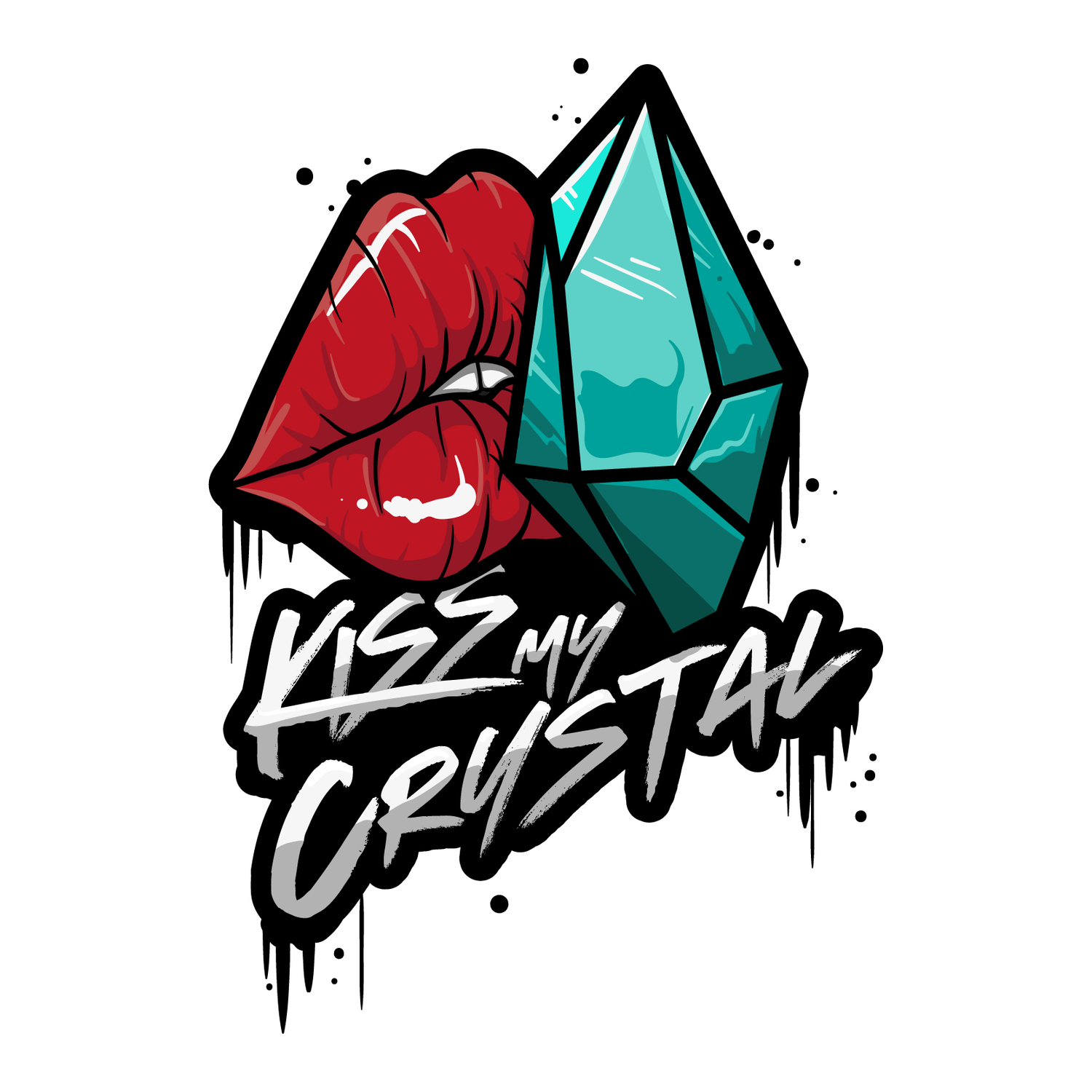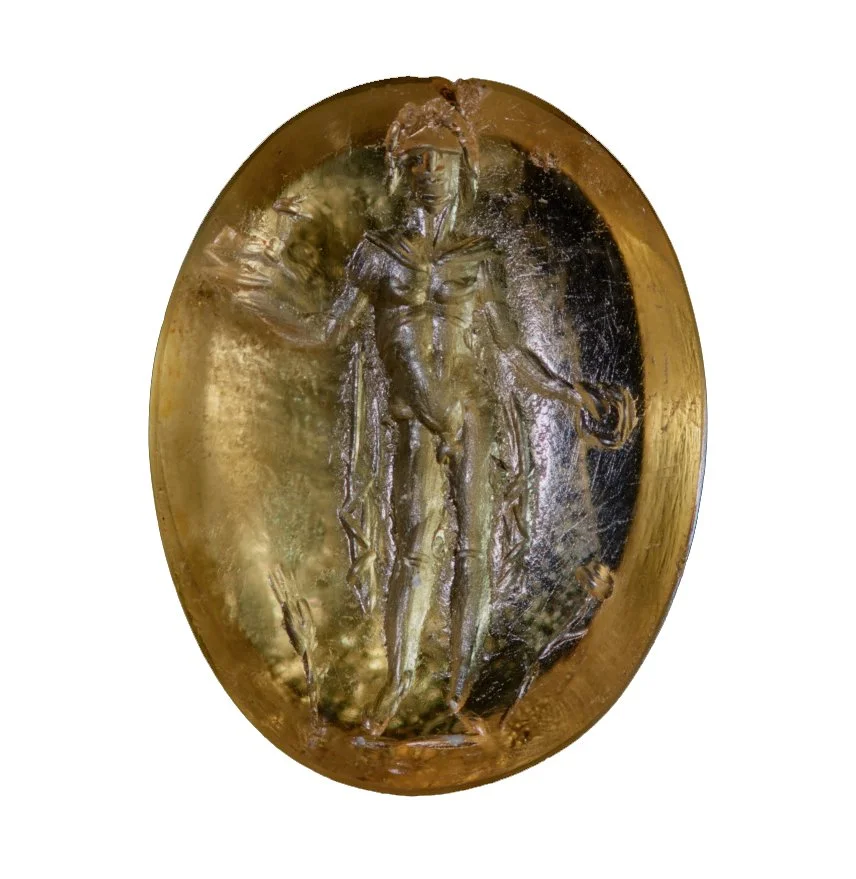CITRINE.
Citrine Cluster, Ankaratra Mountains, Vakinankaratra, Madagascar.
Manifest That Shit
Citrine is an energy multiplier which is why it is the perfect crystal for manifestation. Tape a Citrine to your vision board to make shit happen. Citrine is a crystal for luck, success, and wealth, which is why it is also known as “The Merchant’s Stone.” Carry Citrine with you in your pocket, bra, or purse, and welcome to the Abundance Buffet. Have the audacity to seek what your heart desires.
Citrine is Quartz with its yellow to brown colouring coming from hydrous iron oxide. It is thought that the name Citrine comes from “citron,” the French word for lemon, although that word comes from the Latin word “citrina,” meaning yellow. Citrine was used by ancient cultures such as the Egyptians and Greeks as talismans and jewellery, with the Egyptians connecting it to their Sun God, Ra.
Engraved Citrine Gem with Bonus Eventus (Good Outcome), 1st century A.D. Roman
© J. Paul Getty Museum
Naturally etched Citrine. From the private collection of Zoe Nina Jewelry.
Citrine can be found as a mass, or as prismatic crystals. The colour can range from pale yellow to brown, but it has a slightly warmer brown colour than pure Smoky Quartz. Citrine can be found in many countries globally including India and the US, but finding gem-quality Citrine is more difficult than you would think. It mainly comes from specific regions such as the Ural Mountains in Russia, the Isle of Arran in Scotland, the Dauphine in France, and the Minas Gerais in Brazil.
Of course, there are many issues with buying legitimate natural Citrine which is a common topic in the crystal world. From heat-treated Amethyst to Gamma Irradiated Smoky Quartz, it’s a quagmire of misinformation and poor understanding. I will discuss this further in the Buyers Guide below to help you make the right buying decisions.
Within the modern world of Citrine, there are two notable varieties which you may come across:
Kundalini Citrine. Originating in Lwena, the Congo, Kundalini Citrine resembles Candle Quartz with one large raised point surrounded by smaller terminations. This variety of natural Citrine tends to be more expensive than regular citrine but is still very popular with energy workers.
Kundalini Citrine from the Congo.
Fire Citrine. This is a heat-treated variety of Citrine (i.e. it is Citrine originally). It comes from the Linha Estefania Mine in Brazil and is a very bright red-orange colour. This often is found on the market as small gemmy crystals.
Buyer’s Guide to Citrine
Christ, where to even start with a buyer's guide to Citrine?
The best advice I can give is “If in doubt, don’t.” It is important to trust the dealer you are buying from to tell you the truth if the Citrine is natural without any “treatment,” either with heat or irradiation.
There are three common types of “Citrine” that novice buyers regularly get duped with.
Heat Treated Amethyst. This “Citrine” is usually sold as points, clusters, or even large and expensive cathedral geodes. It is recognisable by its bright orange-brown colouring. The points will usually be bright orange-brown and deepen in colour forming an ombre to a Milky Quartz base. This crystal is created by heating low-grade purple Amethyst in a kiln, oven or even flambé’d with flamethrower-type equipment. Sometimes you can see air bubbles and thermal shock crazing in the crystal points which have formed during the intense heating.
Heat-treated Amethyst point.
Heat-treated Amethyst point. Note the orange colour fading into the milky quartz.
Heat-treated Amethyst point. Note the Cristobalite ‘snowballs’ that should be white however, the heat treatment has turned them a reddish-purple colour.
Irradiated. Often crystals and gemstones are “irradiated” with Gamma rays to enhance the colour. This is used widely in jewellery with precious stones such as Diamonds (turning blue and green), Topaz (e.g. London Blue), Beryls (colourless varieties turn yellow), and Pearls (turning grey-blue or black). When pale Smoky Quartz is irradiated can can turn a brightish yellow and is sold as irradiated Citrine. Natural Citrine is also irradiated to enhance the yellow colour. Natural Citrine are a pale, muted palette of colours, so if it looks too vibrant it could have been irradiated.
Irradiated Citrine.
Iron Inclusions. The final note on things to watch out for when buying crystals is Iron inclusions. Quartz with pretty yellow/brown patterns where iron has seeped over time into the natural cleavage and cracks in the crystal is called Golden Healer Quartz. This is distinctive and usually sold correctly as a Golden Healer. I’ve added a picture below so you can see what that looks like. The issue arises when novice retailers start saying that a crystal has Citrine in it when in fact it's just a bit of iron inclusion (iron seepage into the structure of the crystal). Quite often this surface-level iron can be removed with a good soak in an acid solution bath but with deeper inclusions, it can make the crystal look yellow. The most frequent iron inclusions I’ve seen incorrectly called Citrine are in Brazillian “Pink Amethyst,” Lodalite or Garden Quartz, and less commonly in Milky White Quartz (including the white parts of Chevron Amethyst).
Private Buyers
I would usually suggest a small natural Citrine from Brazil to go in a purse or pocket for good luck and manifesting abundance. These make excellent gifts for friends trying to manifest their dream lives. For the connoisseur then a natural point from the Ural Mountains in Russia usually makes a cost-effective but beautiful addition to a collection. Check for any damage and buy as translucent a piece as you can. Colour with Citrine is a personal preference, some prefer more earthy brown tones but the more yellow, generally the better. If you are buying jewellery always ask if the Citrine is treated, most big consumer brands use treated stones even if they don’t mention it on their website. Treated stones can eventually fade over time and with exposure to the sun.
Golden Healer Quartz palm stone.
The natural Citrine tumble that lives in my purse.
A natural Citrine from Russia.
Retail Buyers
The bottom line is if you are a crystal retailer you need to do your homework. I’ve seen more than one small crystal business get into trouble for selling iffy Citrine. Some of the treated “Citrine” is very pretty and there is a market for it BUT if you must sell it please label it correctly as Heat Treated Amethyts or Irradiated Smoky Quartz etc so that customers aren’t misled. In the Amsterdam shop, we chose not to stock it at all to avoid any issues or confusion.
Citrine tumbles, raw chunks, and points always sell out fast so as a crystal retailer you should always have Citrine in stock. The best value source is direct from the Minas Gerais region of Brazil, they have great smoky and yellow Citrine usually as tumbles or raw chunks. Always ask if it's treated as much of the Citrine out of Brazil is heat-treated or irradiated. If you would like advice on trustworthy vendors you can email me at: hello@kissmycrystal.com.
Double Terminated Smoky Citrine. Any natural, interesting Citrine like this will sell well.
Quick Guide | Citrine
Zodiac: Citrine is associated with the zodiac sign Sagittarius.
Ruling Planet: Citrine’s ruling planet/ celestial body, is the Sun.
Chakra: Citrine is associated with the Solar Plexus (Manipura) Chakra.
Element: Citrine is connected to the element Fire.
Crystal Charging: Citrine can be charged overnight under a full moon or in a freshwater stream. As it is connected to the Sun and Ra, a few minutes in the low Sun will also give it a power boost. If you are planning to carry Citrine with you to draw in abundance then you can use Palo Santo smoke to invite blessings. Citrine can also be used on an Abundance Altar or for Money Spells by placing it on top of paper money to invite that manifestation.
Crystal Elixir: Citrine is safe for use in a crystal elixir. It is a variety of Quartz so is water-safe.
Crystal Care: Citrine can be cleaned in warm (not hot to avoid a thermal shock) soapy water. You can clean Citrine with a soft dry cloth for polished pieces or for clusters (or Kundalini Citrine) where you have to get into nooks and crannies then a soft make-up brush or a compressed air duster works well.
The chemical formula for Citrine: SiO₂












